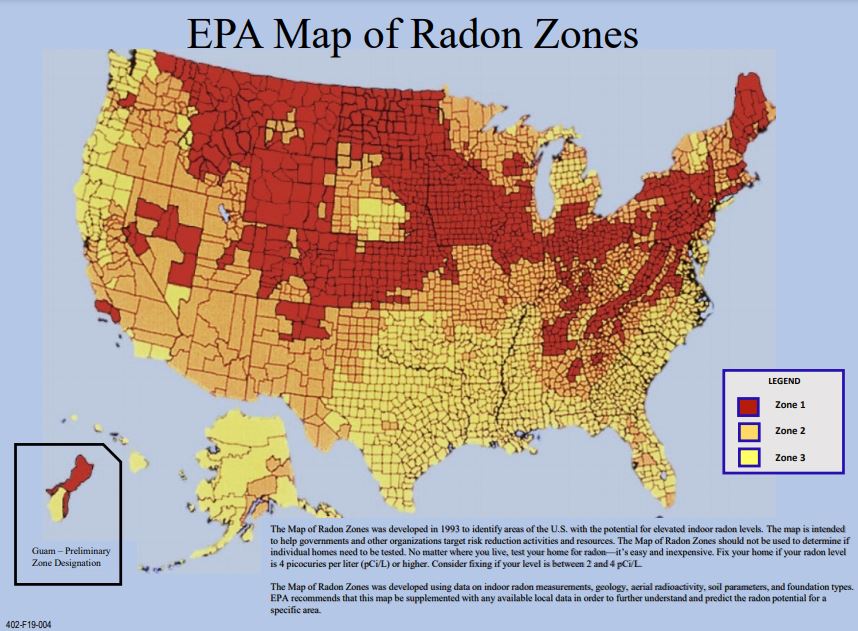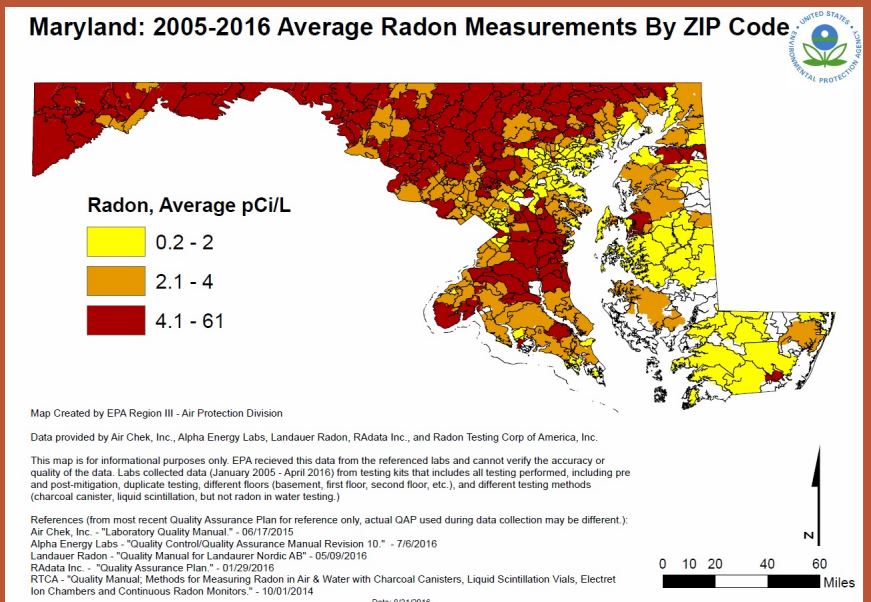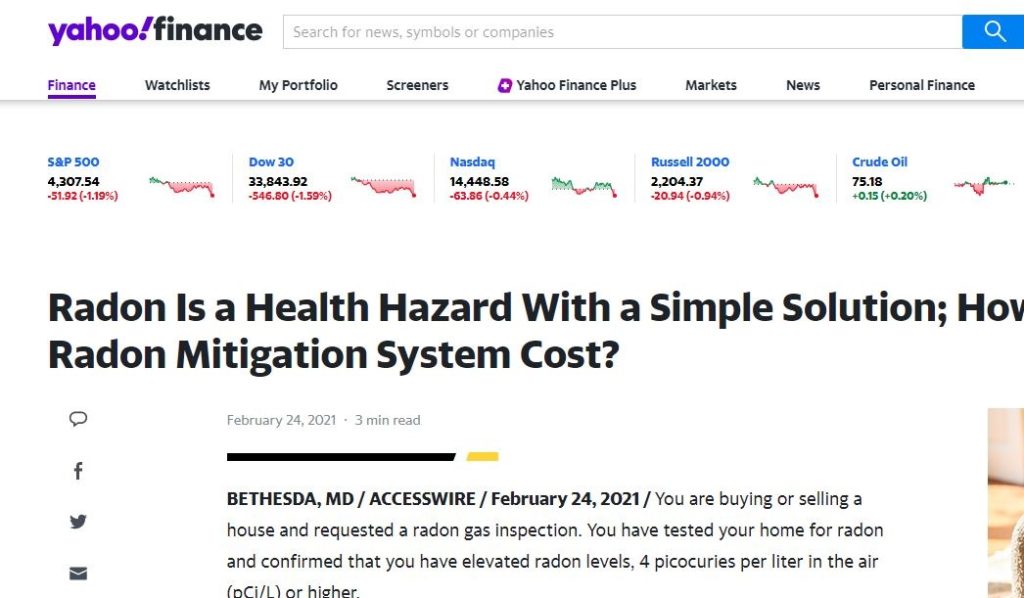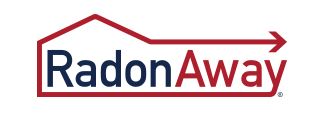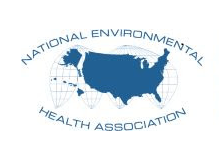RADON CONCENTRATION IN WATER
Radon Concentration in Water and Food
Radon concentration in water and food depends on how much radon gas has dissolved in underground water and released when the water is exposed to air. The radon level in water depends on the concentration of radium in surrounding rocks and soil. If a house receives water from an individual or small community well, airborne radon can also occur as a result of radon’s being released from water used in the house. Radon releases into the house air when occupants shower or wash dishes and clothes, for example. Since the volume of water used by an average household each day is small compared to the volume of air in a house. It takes very high radon concentration in water to produce an airborne radon problem. Therefore, well water is only a 2ondary radon source compared to soil gas.
Radon and Stomach
Scientists have considered the alfa dosage received by various organs in the body. For example, the stomach, from radon that remains in the water when it is ingested. Research has shown that your risk of lung cancer from breathing radon in air is much larger. Compare to your risk of stomach cancer from swallowing water with radon in it. Most of your risk from radon in water comes from radon which release into the air. For example, when people use water in the shower and other household purposes.
Radon in Public Water Supply
Radon concentration in your home’s water is not usually a problem when its source is surface water. A radon in water problem is more likely when its source is groundwater, e.g., a private well or a public water supply system that uses groundwater. If you are concerned that radon may be entering your home through the water and your water comes from a public water supply, contact your water supplier
If you’ve tested your private well and have a radon in water problem, it can be fixed. Homeowner can treat water supply in two ways. Point-of-entry treatment can effectively remove radon from the water before it. enters your home. Point-of-use treatment devices remove radon from your water at the tap, but only treat a small portion of the water you use and are not effective in reducing the risk from breathing radon released into the air from all water used in the home
American scientist have detected Radium several kinds of food (USEPA 1990a,b). From the sparse data available, it has been reported that eggs, pasta, bread, and other bakery products, and potatoes are the major source of RA-226 in the diet. It is estimated that U.S. adults have an average dietary intake of RA-226 and RA-228 of about 1pCi/day(USEPA 1190a,b). Drinking water supplies generally contribute less than 50% of the total daily intake of radium.
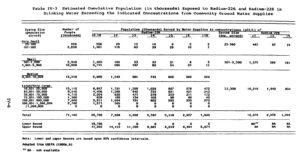
The occurrence of radium in groundwater supplies follows an approximately log-normal distribution, with a mean value of less than 1 pCi/l. We can use these data to estimate population exposure from community water supplies. We estimate exposure from nontransient non-community water supplies. About 3 million people use drinking water that contain more than 5 pCi Ra-226/L in community water supplies. And 48,000 use from non-community water supplies. Corresponding numbers for RA-228 are 1 million and 32 thousands people (USEPA 1190a,b).

